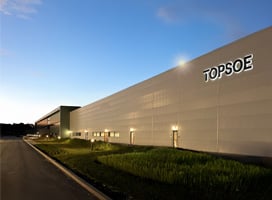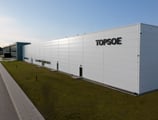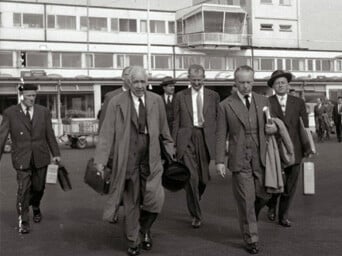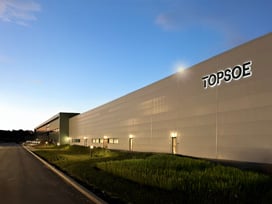Exceptional halogen tolerance - excellent oxidation performance
The new CK-395 combines the best of two worlds: high tolerance towards halogens (chlorine, bromide, fluorine) embodied as an efficient oxidation catalyst for VOC abatement.
Applications
The Topsoe CK-395 catalyst is a newly developed improvement of the well proven CK-305 and CK-306 catalysts. It is specifically designed to operate in environments with high concentrations of halogens, such as pharmaceutical, chemical, or waste water treatment processes.
Easy handling
The former CK-305 and CK-306 catalysts both contained chromium oxides, and special precautions thus had to be taken when loading. Now, handling is simple with the CK-395 catalyst as it only consists of fairly harmless manganese oxides and alumina.
Performance
The CK-395 is a base-metal oxide catalyst with an excellent catalyst performance.
Wide temperature window
Due to the special preparation technique, the CK-395 catalyst is able to operate in a wide temperature range without losing its performance.
.png)








![SAF Airplane runway[1]-1 1](https://www.topsoe.com/hs-fs/hubfs/SAF%20Airplane%20runway%5B1%5D-1%201.png?width=800&height=640&name=SAF%20Airplane%20runway%5B1%5D-1%201.png)



